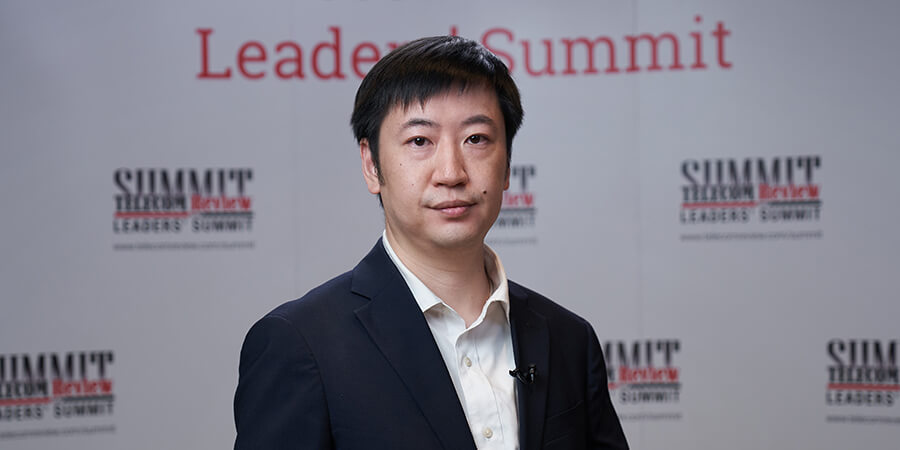The Telecom Review Award for “The Best Global Technology Deployment” went to ZTE Corporation for their AI-based radio network orchestration solution, Radio Composer.
Chao Xiong, vice president of RAN MKT at ZTE, shared more about the technology with Telecom Review during the Telecom Review Leaders’ Summit 2022 at the InterContinental Dubai, UAE.
First of all, congratulations on winning the Best Global Technology Deployment Award this year. Could you briefly introduce us to ZTE’s Radio Composer solution; are there any distinguishing features, and what does this solution target?
Thank you, Telecom Review, for the awards. We truly appreciate the gesture. Operators have always been looking for ways to improve user experience and enhance the utilization of expensive but limited spectrum. 5G brings more powerful capabilities to the network but also adds complexity due to more bands, RATs, modes, services and so on.
Radio Composer is innovated in such a background, and it’s the industry’s first native-AI-based solution to intelligently orchestrate the radio network resources. It targets to provide optimal user experience and enhance network efficiency.
Regarding the uniqueness of Radio Composer, I’d like to mention three main points: the first is to transform the traditional network policy from network-centric to user-centric; the second is the intent-driven capability to guarantee the operational intent in a really high-efficient way; and the third is base-station computing power sharing, which allows cross-site coordination of computing power for more AI-based applications.
Could you further detail the benefits that Radio Composer can bring to both end users and operators?
Firstly, for end users, Radio Composer helps to improve a diversified service experience, including cloud gaming, video streaming, XR, etc. Taking streaming as an example, when the user moves towards cell edge, the streaming quality would degrade rapidly. Radio Composer could steer users to the cell with the best experience possible, according to AI-based user experience prediction, to ensure a much smoother user experience. At cell edge, Radio Composer helps reduce handover delay by up to 89%, along with the user experience enhanced by up to 300%.
Secondly, for operators, the intent-driven capability simplifies network O&M and helps operators ensure service experience in a highly efficient way. By simply using natural language as the input of an intent, for example, the description “Video services user experience at the stadium with top priority,” the system will translate the intent description and process the service guarantee flow automatically. The cases deployed for China Operator shows an improvement in service experience by over 100%, and the O&M efficiency improvement by five times.
Thirdly, Radio Composer realizes the intelligent orchestration of network resources through base-station native intelligence rather than external intelligence. This helps to save the cost of backhaul bandwidth and minimize AI processing latency.
Moreover, Radio Composer supports the computing power sharing among sites, offers the flexibility of computing power extension and provides a greater capability for more AI-based applications with existing infrastructure. The trial with China Operator of computing power orchestration has shown 14% computing power increase during busy hours. The breakthrough in wireless computing power will also further promote the diversity of AI application scenarios.
What more can you share with us regarding the future of this innovative solution?
Radio Composer has been developed for over two years, and it will continue to evolve in response to different stages of network development and service requirements. It exploits the best ways to combine new services and application scenarios to offer the best experience and optimal efficiency. Moreover, Radio Composer will support more intentions at the same time, such as energy-saving intention for carbon neutrality. With the introduction of cross-domain information, the joint orchestration of consumers and industry segments will be further strengthened to implement more flexible coordination of user experience, network efficiency and other intentions within a single network. Thus, it facilitates social digital transformation and 5G business value addition.







